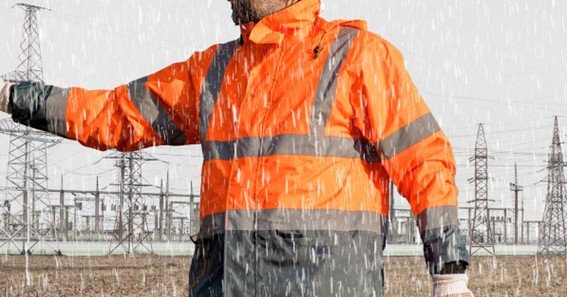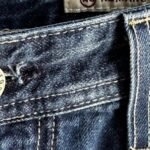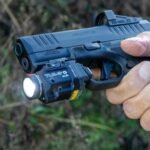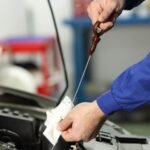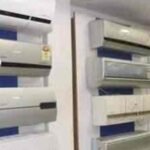Working in environments where exposure to both moisture and fire hazards is a concern necessitates specialized protective gear. A flame-resistant (FR) rain coat offers dual protection by shielding wearers from wet conditions and potential fire-related incidents. These garments are essential for professionals in industries such as oil and gas, electrical utilities, and chemical processing.
Key Features of FR Rain Coats
-
Flame Resistance: Constructed from materials that self-extinguish when exposed to flames, preventing the spread of fire.
-
Waterproofing: Designed to repel water, ensuring the wearer remains dry during wet conditions.
-
Durability: Made with robust fabrics that withstand harsh working environments and prolonged use.
-
Comfort and Breathability: Modern FR rain coats incorporate breathable membranes to reduce heat buildup and enhance wearer comfort.
-
High Visibility Options: Many designs include reflective strips or are available in bright colors to improve visibility in low-light conditions.
Standards and Certifications
When selecting an FR rain coat, it’s crucial to ensure compliance with relevant safety standards:
-
ASTM F2733: Specifies requirements for flame-resistant rainwear used for protection against flash fire hazards.
-
ASTM F1891: Covers performance requirements for arc and flame-resistant rainwear, particularly for workers exposed to electrical arc hazards.
-
ANSI/ISEA 107: Relates to high-visibility safety apparel, ensuring the garment enhances the wearer’s visibility.
Selecting the Right FR Rain Coat
Consider the following factors to choose an appropriate FR rain coat:
-
Work Environment: Assess the specific hazards present, such as potential for flash fires or electrical arcs, to determine the necessary level of protection.
-
Material and Construction: Opt for coats made from high-quality, certified FR materials that offer both protection and comfort.
-
Fit and Mobility: Ensure the coat allows for a full range of motion and can accommodate layering if needed.
-
Additional Features: Features like adjustable cuffs, storm flaps, and secure pockets can enhance functionality and convenience.
Maintenance and Care
Proper maintenance extends the lifespan and effectiveness of an FR rain coat:
-
Regular Inspection: Check for signs of wear, damage, or contamination that could compromise protective properties.
-
Cleaning: Follow manufacturer guidelines for laundering to preserve flame-resistant and waterproof characteristics.
-
Storage: Store in a cool, dry place away from direct sunlight to prevent material degradation.
Conclusion
An FR rain coat is a vital component of personal protective equipment for individuals working in environments where both fire hazards and wet conditions are prevalent. By understanding the key features, standards, and selection criteria, workers can ensure they are adequately protected while maintaining comfort and mobility.
FAQ
1. What distinguishes an FR rain coat from a regular raincoat?
An FR rain coat is specifically designed to resist ignition and prevent the spread of flames, offering protection in environments with fire hazards, unlike regular raincoats that lack flame-resistant properties.
2. How often should FR rain coats be replaced?
The lifespan of an FR rain coat depends on usage and care. Regular inspections can help determine when the garment no longer provides adequate protection and needs replacement.
3. Can FR rain coats be repaired if damaged?
Minor repairs may be possible, but it’s essential to consult the manufacturer’s guidelines. Significant damage typically necessitates replacement to ensure safety.
4. Are there different types of FR rain coats for various industries?
Yes, FR rain coats are tailored to meet the specific needs and hazards of different industries, such as oil and gas, electrical utilities, and chemical processing.
5. Is it necessary to wear additional layers under an FR rain coat?
Depending on environmental conditions, layering may be necessary. Ensure that any additional layers are also flame-resistant to maintain overall protection.
